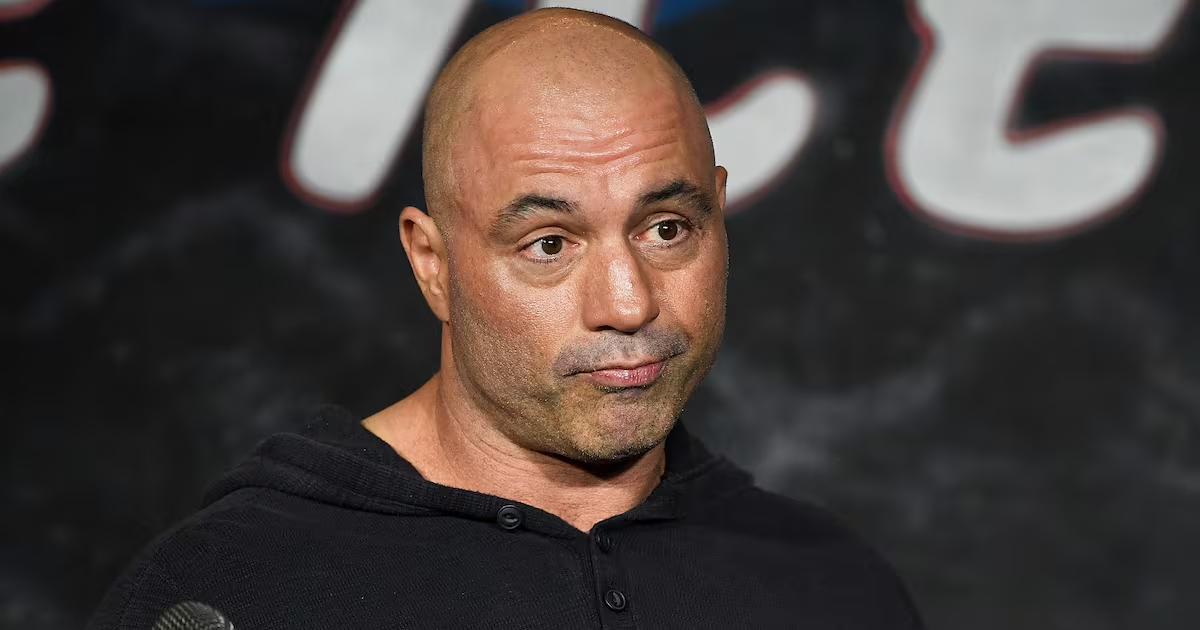The auto industry never been short of talented salesmen, but across 100 years of history the business has never seen anything like the 325,000 pre-orders racked up by Elon Musk's Tesla Model 3 in the first week after its unveiling.
Especially at a time when the automobile seems to be slouching toward commodification, the sight of Tesla fans lining up at stores across the world hoping to put down deposits on a car they had never seen before was nothing short of mind-blowing. But as stunning as this feat of stunt salesmanship was, it was just that: Tesla has not actually sold any Model 3s and there are a wide range of reasons for believing that these pre-order eggs will not hatch into the chickens that Tesla is already counting. In fact, there are reasons to suggest that the entire pre-order play is all a gambit designed to boost the company’s stock ahead of a much-needed return to capital markets.
Cars have always been capable of stirring up the public's most irrational sentiments, and in the modern era electric vehicles have inspired some of the grossest departures from reality the automotive business has ever seen. One has only to look at the first mass-market electric vehicle, the Nissan Leaf, to understand how profoundly expectation can diverge from reality.
In 2010, hard on the heels of the last major spike in energy prices, Nissan’s CEO Carlos Ghosn announced that his firm would be building a global capacity of 500,000 units for its Leaf EV (down from his initial estimate of 1 million units per year of global demand). Sinking $5.6 billion into three production plants around the world, Ghosn created an unprecedented electric car infrastructure for the Leaf only to face a stunning letdown: though the Leaf is by far the best-selling electric vehicle in the world, it still has yet to sell more than 300,000 units cumulatively after than six years on the market.
This disconnect between Nissan's feverish ambitions for electric vehicles and the market's unwillingness to buy them in the projected volumes has been one of the auto industry's great cautionary tales. After all, an automaker does not make money by simply selling a huge number of vehicles: rather, the key to profitability lies in utilizing production capacity to the maximum extent possible. Though investing in too little capacity risks leaving sales volume on the table, investing in more production capacity than the market can support is how automakers lose breathtaking amounts of capital.
If Ghosn, one of the auto industry's most savvy and respected CEOs, could be so badly carried away by his electric car ambitions there's no doubt but that the same could happen to an industry neophyte and electric car zealot like Musk.
Indeed, it's already happened.
Tesla's abortive attempts to enter the critical Chinese market were thwarted last year by speculators who "misled" the company by placing huge numbers of orders, inflating demand that then fell flat in a glut of unsold inventory. Musk (and more importantly investors in Tesla's overvalued stock) were desperate to believe that China was about to become a massive market for the Model S, and their outsized ambitions led to a major strategic setback from which Tesla’s Chinese operations are still recovering. As a result, Musk now talks about needing “to steadily boost the confidence of the Chinese consumers” instead of high-fiving them while they wait to pre-order Model 3s.
With the launch of Tesla's most ambitious vehicle, the Model 3, the risk of overestimating demand is once again real. Indeed, everything about the Model 3 pre-order program seems calculated to delude the company about the market's actual demand for the car. At $1,000, the deposit is less than 3 percent of the base model's $35,000 projected price, and far less of a financial commitment than the $5,000 Tesla demanded for reservations of its Model S and Model X. More critically, the deposits are entirely refundable, meaning Tesla has to keep reservation holders on board for at least a year and a half during which time the competition will be launching a wide variety of premium and mass-market electric vehicles.
The risk of this kind of defection is supercharged by the fact that Tesla still hasn't shown the actual, production version of the Model 3, and that deposits have been made without any definitive information about the production car. The vehicles that Tesla showed off at last week's launch were hand-built prototypes, with a totally unverifiable relationship to the vehicles that are supposed to start rolling off production lines at the end of 2017. Because Tesla's major challenge with Model S involves massively reducing costs in order to hit its $35,000 price point, we won't know how good the car really is until production tooling and supplier sourcing is finalized and cars actually start being made at the firm's Fremont, California, plant. Musk has already said that the Model 3's design and production plans are being adjusted, raising the very real possibility that the final production version will be different enough from the recently shown version to risk disappointment and order cancellations.
But even if the final production car comes close enough to the revealed version to satisfy the faithful, Tesla must still prove that it can build cars at dramatically increased scale without the rampant quality problems that have plagued Model S and Model X. Production problems delayed bringing both of Tesla's existing cars to market, and owner forums overflow with a huge variety of quality problems.
These lingering quality problems have soured even the most exultant praise: after scoring 103 points out of 100 in Consumer Reports’ breathless initial evaluation, reliability problems dragged the Model S down to the magazine’s "not recommended" status, and it eventually ended up on a "worst of the worst used cars” list.
This dramatic fall from grace is reportedly affecting Tesla’s ability to turn pre-orders for its latest car, the Model X, into actual sales. An administrator of the website ModelXTracker.com reported last week that 30 to 40 percent of reservation holders for Model X had not yet ordered vehicles, saying “some have indicated they prefer to wait until more cars go through the production line to ensure they get a car with no problems.” This week Tesla sent emails to Model X reservation holders, insisting that the Model X’s massive quality problems were being addressed and urging them to convert their reservations into actual orders. Officially, Tesla says that its “hubris” has led to parts shortages that have delayed Model X production, but it’s clear that many of the people who plunked down $5,000 to reserve one are not ordering until they have faith in Tesla’s production quality.
Until Tesla shows a final production version of the Model 3 and proves it can build it at 10 times its current production volume with acceptable quality, all the refundable pre-orders in the world remain little more than unhatched eggs. Which ultimately is why more automakers don’t regularly attempt the kind of cheap, refundable pre-order approach that has won Tesla so many accolades: inflating demand by showing an unfinished vehicle risks speculation, overinvestment in production capacity, and customer disillusionment.
Stunning design and performance may activate the irrational desires of many consumers, but it’s the stodgy, utilitarian values of quality and reliability that have ultimately endeared Toyota (to say nothing of Nissan and Honda) to the American consumer. Those values may never create a car capable of grabbing 300,000 pre-orders in a week, but they do sell millions of cars every year. And unless Tesla learns to embrace them, last week’s long lines may be its high point as a company.





